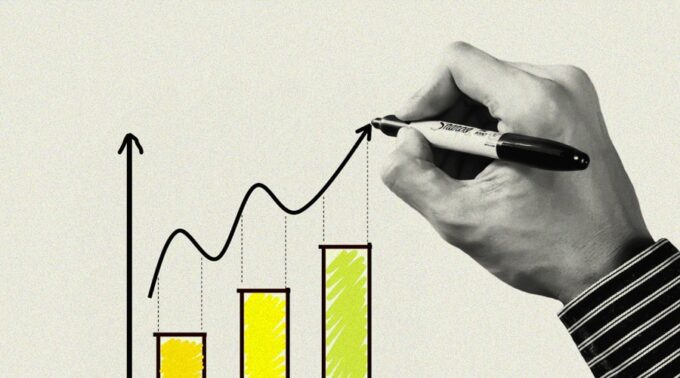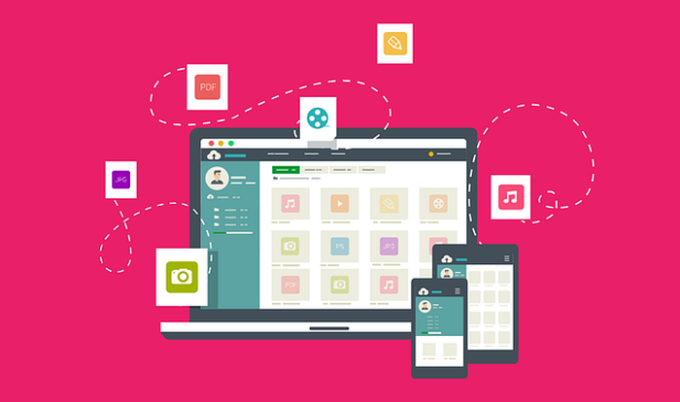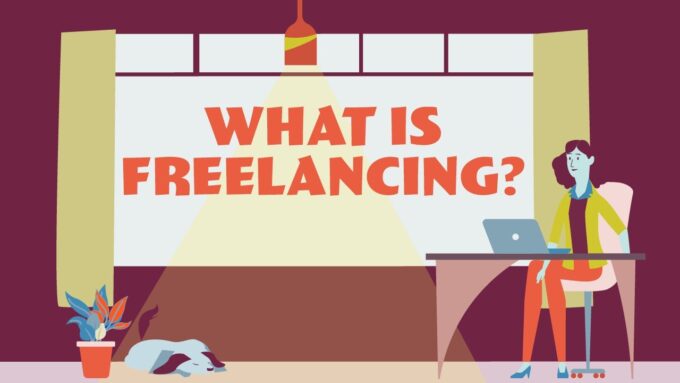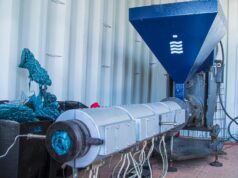Over the past few years, rapid technological advancement has been in areas like machine learning and artificial intelligence (AI). A case in point is the ChatGPT chatbot, which operates on AI and is introduced in 2024. The chatbot amassed millions of daily users within a few days of its launch. It is expected that there will be numerous other systems like this one developed in the future.
The rapid development of AI and ML has created a demand for vast amounts of data. To improve their predictive capabilities, these algorithms require access to significant datasets. This is where humans come in, as they can contribute real-world data from various fields, helping advance technology.
Technological progress can be accelerated through the use of the gig economy and microtasks. The fast-growing gig market provides the necessary impetus for developing the latest technologies.
About the Gig Economy: What Is It?

The market mainly consists of freelance work or short-term contracts instead of traditional full-time employment. The sector provides a chance for individuals to earn money by working on specific projects, mainly through online platforms or mobile applications.
The main advantage of the gig economy is its flexibility for both workers and companies. Workers can create their schedules and choose the jobs they want to work on, which provides them with a flexible income source. Meanwhile, businesses gain access to an on-demand workforce globally. This approach allows companies to manage their costs more efficiently and avoid the expense of hiring permanent workers for various projects.
What is Freelancing?
Freelancing is a work arrangement where individuals work for themselves rather than a specific employer. Freelancers are self-employed and offer their services to clients on a project or task basis. They can work from anywhere and usually have a flexible schedule, managing their workload and clients independently.
Freelancers are usually paid based on the project’s completion or the number of hours worked, and they must handle their taxes and business expenses. This type of work has become increasingly popular in recent years, and the growth of the internet and digital technologies has made it easier for individuals to find clients and work on a freelance basis.
The Gig Economy Statistics

According to Statista, the global gig economy market is set to grow significantly, reaching a projected size of $455 billion in 2024. The industry’s rapid expansion is primarily attributed to the high-inflation economic environment, which has led more individuals to turn to gig work to support themselves and their families.
The gig economy heavily depends on freelancing platforms like Fiverr, Upwork, and Freelancer.com. These platforms offer a range of short-term job opportunities that require specific skills, including writing, graphic design, and web development. Other notable gig economy services include food delivery and ride-hailing apps like Uber.
Other platforms within the gig economy focus on providing microtasks. These simple jobs do not require prior experience or specialized skills, making them accessible to many people. The completion of such tasks can also be instrumental in advancing future technology. At the same time, as the global gig economy is constantly growing in the number of people joining, developing new technologies will be increasingly faster.
Microtasks and Technology

Instead of working on a large project from start to finish, microtasking involves breaking it down into smaller, more manageable tasks that freelancers or independent workers can complete. Unlike traditional freelancing, these tasks require a limited skill set and can be completed individually.
Companies use microtasking to divide complex projects into smaller, more specific tasks that independent workers can complete. Instead of working on a project from beginning to end, individuals can complete small, specific tasks that contribute to building datasets. These datasets are then used to train machine learning and artificial intelligence models.
The act of solving reCAPTCHA is a prime illustration of how microtasking works. People from various regions worldwide recognize elements such as text or images, which are later used to train AI technology like Google’s algorithms. A global pool of individuals performs small work fragments, which contribute to AI development.
Various other microtasks include translating, labeling images, and describing products. The microtask market is enormous, and big players like Google and Amazon have created their microjob platforms. However, smaller competitors are also quickly catching up.
Technology is developing fast. The latest AI tool in 2024 is ChatGPT, a conversational artificial intelligence (AI) program designed to engage in human-like user interactions. It can answer questions, provide advice, or chat about any topic. Powered by cutting-edge machine learning algorithms, ChatGPT is constantly learning and improving, making it capable of understanding and responding to increasingly complex and nuanced requests. In the future, there will be more and more artificial intelligence tools coming to the market.
Available Microtask Platforms

Several platforms specialize in microtasking, including Amazon’s Mechanical Turk (MTurk), Clickworker, and Google Task Mate. People can sign up, complete small tasks, and receive payment in return. The distributed pool of workers worldwide completing these tasks allows for the collection of vast amounts of data, which ultimately aids the development of AI and ML technologies.
Some platforms seek to integrate blockchain technology into the microtasking process, with the primary distinction being that workers receive payment in cryptocurrency rather than traditional currency. JumpTask is an example of a marketplace that compensates workers for completing microtasks. However, blockchain-based platforms are still in their early stages and require further development and refinement.
Microtask platforms offer numerous advantages, including easy accessibility to workers, quick and affordable job completion, and the ability to harness the power of a large workforce for complex projects. This results in a more efficient and cost-effective way to complete tasks that would otherwise require significant time and resources. Additionally, microtask platforms enable businesses to scale their operations more quickly, allowing them to focus on their core competencies while outsourcing smaller tasks to freelancers.
Despite the many advantages, microtask platforms also have their downsides. First, the pay rates for microtasks are often low, with some tasks paying just a few cents per completion. This means that workers need to complete many tasks to earn a reasonable income. Second, microtask platforms can be highly competitive, with thousands of workers competing for the same tasks. This can result in some workers being unable to secure enough work to earn a decent living.
Summary
The growth of the gig economy and microtasking is quickly increasing, driving the development of machine learning (ML) and artificial intelligence (AI) algorithms. Microtasking worldwide generates significant data sets used to train AI models. As the microtasking market expands, people will continue to be vital in pushing technological advancements forward.










